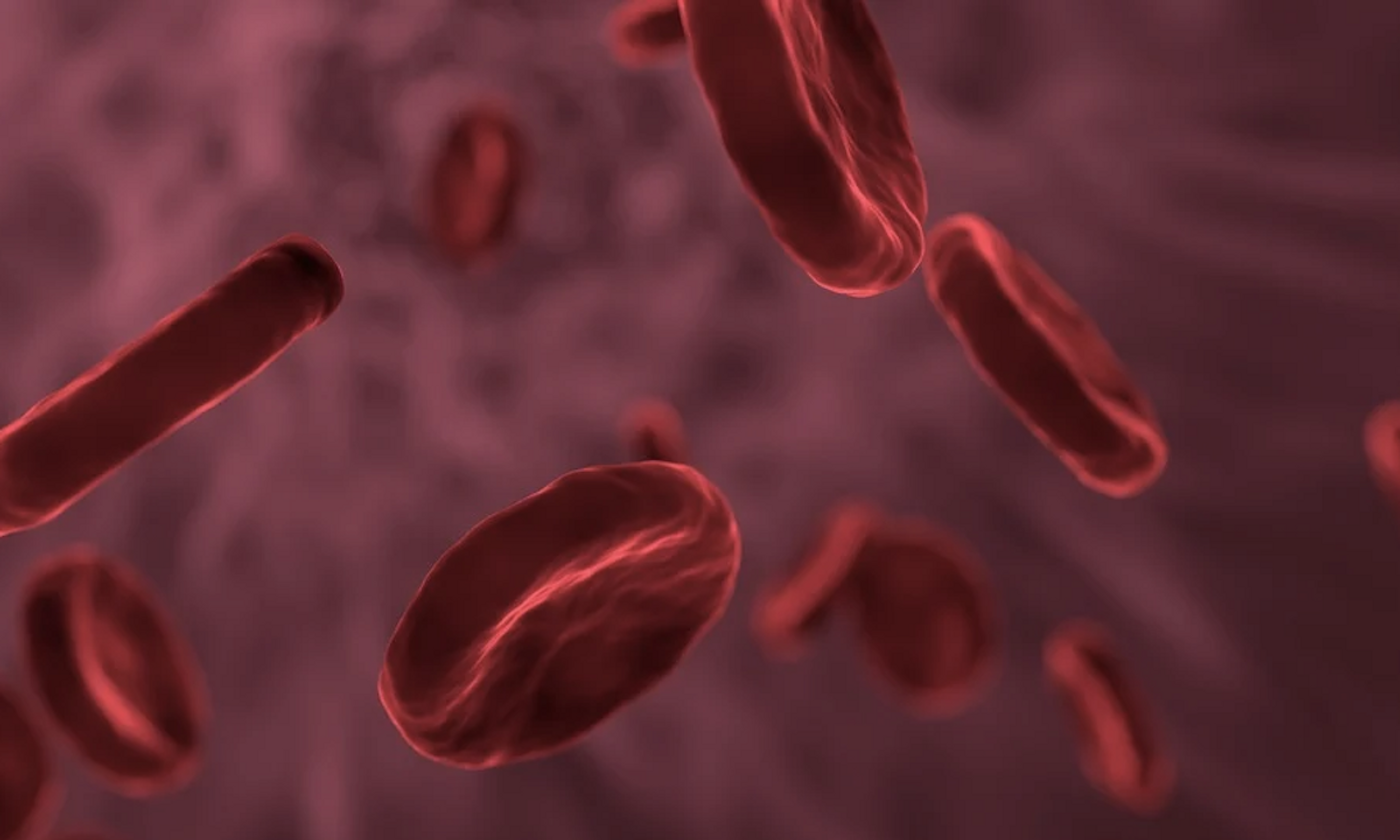A Synthetic Red Blood Cell That's Better Than the Real Thing
Red blood cells are the most abundant type of cell in the blood. They contain a protein called hemoglobin, which carries oxygen and gives the cells their red pigment. Researchers have been trying to create synthetic red blood cells, but that's been an elusive goal until now. The artificial red blood cells that scientists have previously developed have had some of the properties of red blood cells, like oxygen transport, flexibility, or the ability to circulate for long periods, but none have yet had all of the necessary qualities that a cell would need to faithfully replicate a red blood cell.
Reporting in ACS Nano, scientists have now engineered synthetic red blood cells that have all of the important features of the natural ones, and they have some new abilities too. Red blood cells have to be flexible enough to move through tiny capillaries and then regain their shape in larger vessels. They have to be able to move through the blood without being destroyed by immune cells, and they have to contain enough hemoglobin to transport the oxygen the body needs. The scientists also wanted them to be useful in therapeutic delivery and detecting toxins.
A team of researchers led by Wei Zhu of the South China University of Technology and C. Jeffrey Brinker of the University of New Mexico began by covering human red blood cells with a thin layer of silica. Next, polymers with positive and negative charges were layered over the silica-coated red blood cells. The silica was etched away to create the replicas, and natural red blood cell membranes were finally layered over the replicas.
The resulting synthetic cells were very similar to the real thing, having the same shape, charge, and proteins on their surface as natural cells. They were able to retain their shape after squeezing through artificial capillary models. When injected into a mouse model, no toxic effects were observed while the synthetic blood cells remained in circulation - for more than two days.
The scientists were also able to load these artificial cells with drugs, a sensor that could detect toxins, or magnetic nanoparticles, showing that they may one day be useful as a delivery system for different things. The researchers plan to continue to explore the potential applications of these synthetic cells.
Learn more about other efforts to create synthetic red blood cells from the video.
Sources: Science Daily via American Chemical Society, ACS Nano









